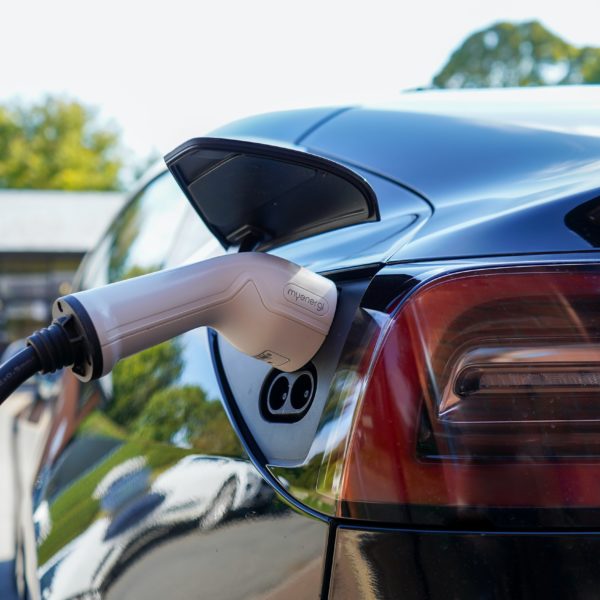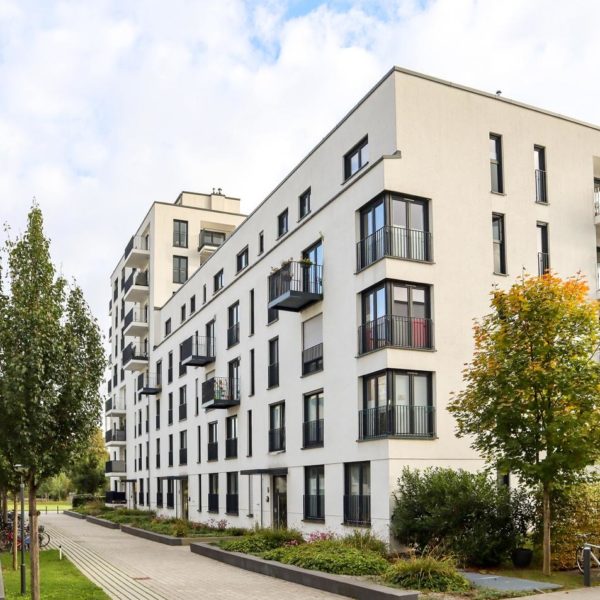These Recommendations Can Help Speed Up EV Adoption in Your City
by Southern California Edison (SCE)
The year is 2045. California has undergone a remarkable evolution. Supported by the commitment of its residents, our state has achieved carbon neutrality, reducing the threat of climate change. The air is cleaner, the people are healthier, and the planet is finally on a path to healing.
At SCE, we’re committed to making this future a reality by addressing climate change and leading the way toward a clean energy future. In November, we released Pathway 2045 — our bold vision which takes serving our customers, protecting the environment and improving public health even further.
Building off our 2017 Clean Power & Electrification Pathway white paper, Pathway 2045 goes beyond deep carbon reduction. According to our analysis, the electric sector will need to decarbonize more quickly than currently required. Almost three-quarters of space and water heating in the building sector will need to be electric. And most urgently, three-quarters of light-duty vehicles will need to be electric by 2045, along with smaller amounts of medium- and heavy-duty vehicles.
California is already a leader in electric vehicle (EV) adoption, with about half of all clean-running EVs in the United States being registered here. Last year, the state accounted for nearly half of the 105,472 pure EVs sold nationwide.[1]

These EV drivers will make decisions about where to live, work, and play, based in part on the availability of charging infrastructure. Local governments that adopt forward-thinking policies to prepare for these EVs will have a competitive advantage in retaining existing residents and businesses, and in attracting new ones.
In 2019, SCE created EV-Ready Communities, which outlines some low-cost and no-cost recommendations that can help local governments prepare for this transition to EVs. Recommendations include:
- Prioritizing EV adoption and development of charging infrastructure in land use planning and policies;
- Using zoning, building codes, parking, and signage policy and a streamlined permitting process to encourage EV adoption and accessibility;
- Making use of well-attended, frequently used and municipally-owned property for publicly available charging;
- Electrifying city or regional fleets by replacing gasoline/diesel-powered vehicles with EVs;
- Mobilizing existing communication channels to engage and educate residents and businesses; and
- Leverage existing grant opportunities and other funding sources for EV readiness planning efforts.
Ultimately, each jurisdiction will need to tailor their efforts to meet the unique needs of their community. Developing an EV-readiness plan is a great place to begin.
SCE wants to help. The EV-Ready Communities paper is the start of an ongoing conversation between SCE and your jurisdiction. We can partner with you in a number of ways, from our various programs and incentives to providing technical assistance, to participating as a stakeholder as you develop your EV-readiness plan.
If you would like to learn more, the best place to start is to reach out to the Government Relations Manager assigned to your jurisdiction. Let’s work to build a clean energy future together!
[1] Los Angeles Times – Electric vehicle sales are up sharply in California, mostly due to Tesla
Local Government Commission Newsletters
Livable Places Update
CURRENTS Newsletter
CivicSpark™ Newsletter
LGC Newsletters
Keep up to date with LGC’s newsletters!
Livable Places Update – April
April’s article: Microtransit: Right-Sizing Transportation to Improve Community Mobility
Currents: Spring 2019
Currents provides readers with current information on energy issues affecting local governments in California.
CivicSpark Newsletter – March
This monthly CivicSpark newsletter features updates on CivicSpark projects and highlights.



